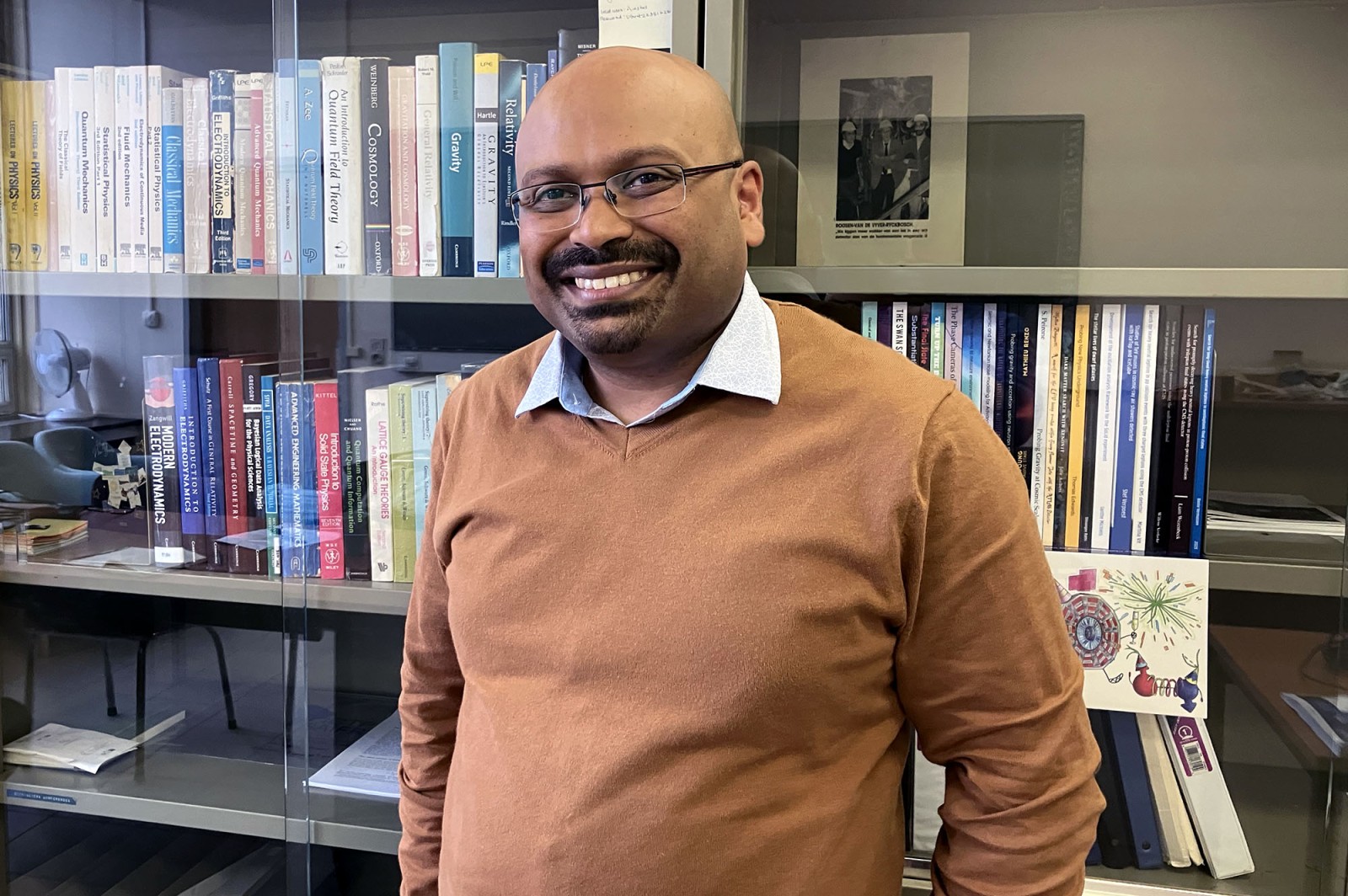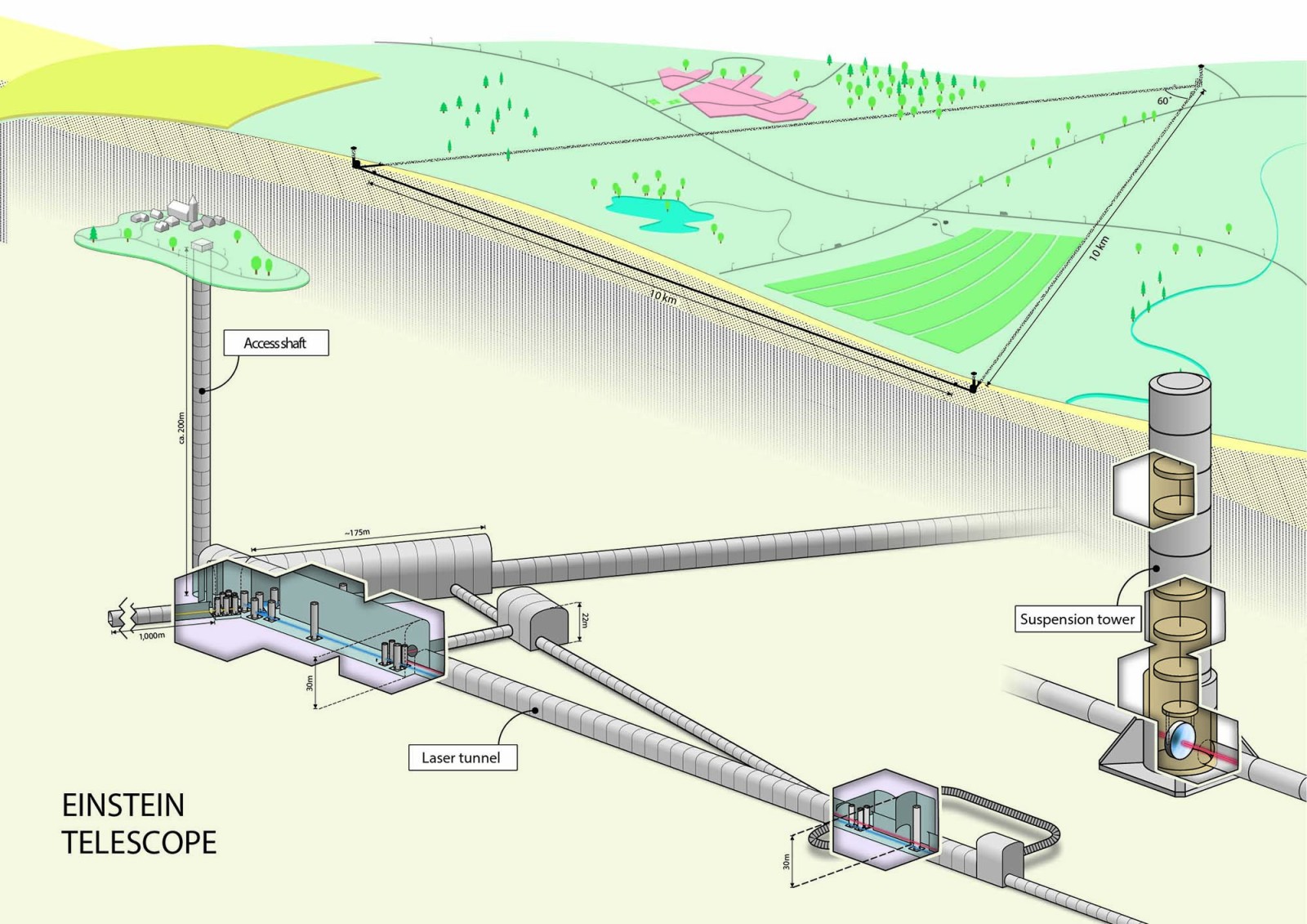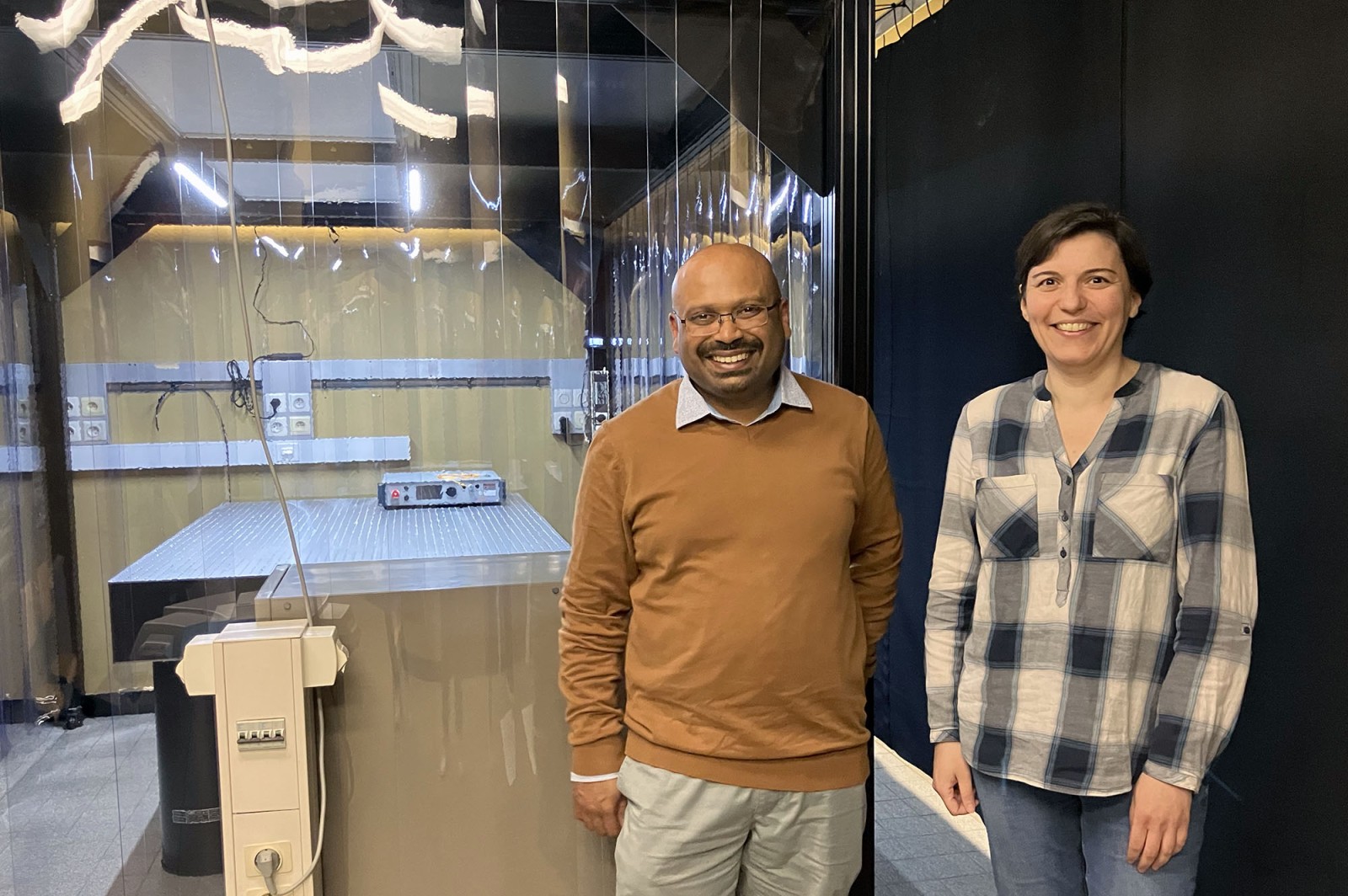Europe wants to build a telescope to look back at the origins of the universe. The mile-long structure might come to Belgium. Archisman Ghosh of Ghent University's Faculty of Sciences is eagerly looking forward to it.

What makes this future Einstein telescope so unique?
"The name ‘telescope’ is a bit misleading. In fact, the Einstein telescope has no lenses and you can't use it to look at the stars. The purpose of the installation, which by the way is completely underground, is to measure gravitational waves.
With current detectors, we can see a few billion light years away. With the Einstein Telescope, we are going to be able to see much further, into the period before starlight existed. Perhaps we are even going to be able to look back almost to the Big Bang.”
What can those gravitational waves teach us?
"Gravitational waves occur during impactful events in space. They were predicted in 1915 by Einstein in his general theory of relativity. But it wasn't until 2015, a hundred years later, that they were first measured after the collision of two black holes.
So based on those gravitational waves, we can look for the history and origin of our universe. We are cosmological archaeologists: the deeper we look into the universe, the further we look back in time."

The Einstein Telescope will be an underground structure with 3 arms of 10 kilometers long.
How do you measure gravitational waves?
"The collision of the two black holes in 2015 was enormous, but the accompanying gravitational wave was still very small. The Einstein telescope will detect the minute vibration of such gravitational waves through kilometer-long arms.
Similar telescopes already exist, for example, in the United States, Italy and Japan. Those have arms of three to four kilometers. But the Einstein telescope will be much larger with three arms, each ten kilometers long. At the end of each arm, we measure the length differences via laser beams to represent the gravitational wave."
What role does Ghent University have in the operation of the Einstein telescope?
"We are involved in several areas. For example, my colleague Daniela Pascucci is investigating with which types of laser beams we can best measure the length differences at the telescope's arms. For this purpose, we at Ghent University are the only ones in Belgium to have installed a 2 micrometer laser.
I myself am already trying to figure out how we will analyze the many new data we will receive through the Einstein telescope. I have to keep in mind that the telescope won't be finished until around 2040 and will be working for many years after that. So I am thinking about something that will exist longer than I am likely to live. That's how science works: dare to dream about the future and hope that the next generation of scientists will make your dreams come true."

"Ghent University is involved in several areas. For example, my colleague Daniela Pascucci is investigating with which types of laser beams we can best measure the length differences at the telescope's arms."
When will we know if the Einstein telescope will effectively be built in our country?
"We'll have to wait a while for good news; the decision won't be made until 2026. Currently there are still two possible locations for the Einstein telescope. One in Sardinia and in our country near the border triangle with the Netherlands and Germany. I would really love it if the telescope came to Belgium."
What do you hope to observe with the Einstein telescope?
"All sorts of things! (laughs) The merging of black holes or an explosion of supernovas. Or how the galaxies were first formed.
Secretly, I hope we will see something no one expected, something exotic. Because the Einstein telescope is using totally new methods to study the universe, we are entering a new era. The game is not over yet, this is just the beginning!"
Read also
Professor astronomy: "We are a long way from answering the ultimate question: where do we come from?"
You can't literally put them under a microscope, but advanced computer simulations help Maarten Baes study galaxies. A good thing too, because the study of galaxies is a relatively new branch of astronomy and much is still to be discovered.
